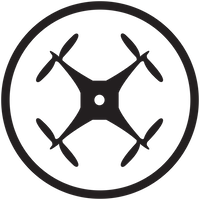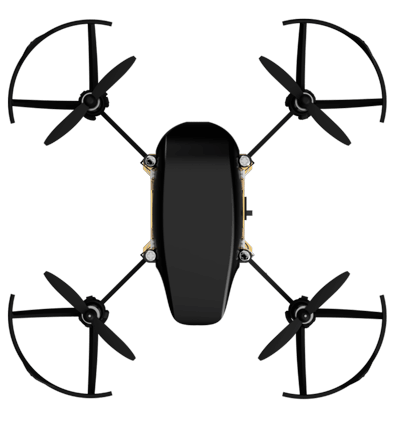If you’ve been reading any news about drones, you’d be remotely familiar with the one thing that people are most worried about. Drones at airports. Many a time, people flying a drone anywhere near an airport would get into trouble with the authorities. As a matter of fact, the fear that flying a drone too close to an airport could lead to a catastrophe is justified as just recently, in January 2017, the first incident of a Drone collision with a passenger aircraft was recorded. An African Airline, Linhas Aereas de Mozambique, on January 5th, 2017, posted on its Facebook page that one of its Boeing 737-700 was involved in a collision with a drone when it was approaching Tete from Maputo. They also posted pictures of the damaged nose of the aircraft. If the object the aircraft collided with was truly a drone, this may be among the first such incidents.

Damaged Nose of the Boeing 737-700 that supposedly collided with a drone during its approach to Tete, Mozambique
Regulators and authorities around the world have repeatedly tried to implement rules and regulations for Drone Flying due to people’s fear of such incidents and have been emphatic about how dangerous it could be to fly Drones near airports. This has caused many dronemakers to steer clear of airports when it comes to their products. However, some of them have also been vocal about how drones could be used around airports productively.

The FAA has been implementing regulations on Drone Usage in America
We could very well be seeing the effects of that very soon, though. On the 10th of January, the California firm 3D Robotics conducted a total of seven flights at Atlanta’s Hartsfield-Jackson International Airport to survey two parking structures that are set to be demolished. This marks the very first time that the FAA (Federal Aviation Authority) has given special permission for drones to be flown at airports. The city of Atlanta has formed a partnership with 3DR, Autodesk and Engineering firm, Atkins for an expansion project of the airport, which is also among the world’s busiest airports.

Engineering firm, Atkins has been given permission by the FAA to use drones as part of their expansion plan for Atlanta’s International Airport
The firm is allowed to use drones for mapping and surveillance purposes and the FAA has authorized their use under the condition that the Drone Controllers stay in constant contact with Flight Control and submit to the controller’s authority. The results of this experiment could very well take Drone Technology another step closer to being one of the most revolutionary technologies of the generation or one of the most catastrophic (In the event of a mishap) but it is already evident that the firm got good results out of this experiment as their expansion plans are underway and the drone flights that helped with the mapping process were extremely useful.



